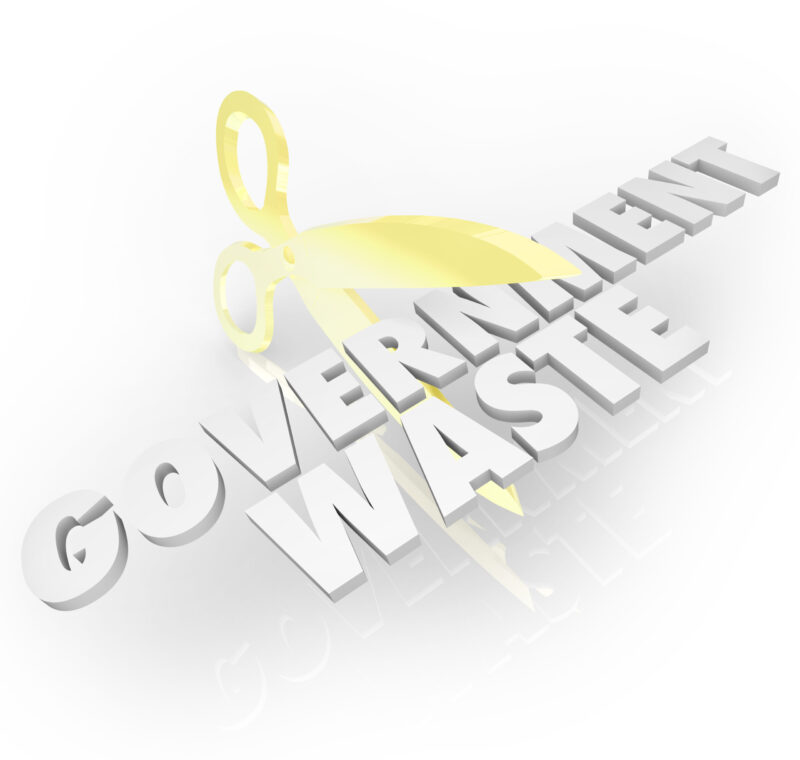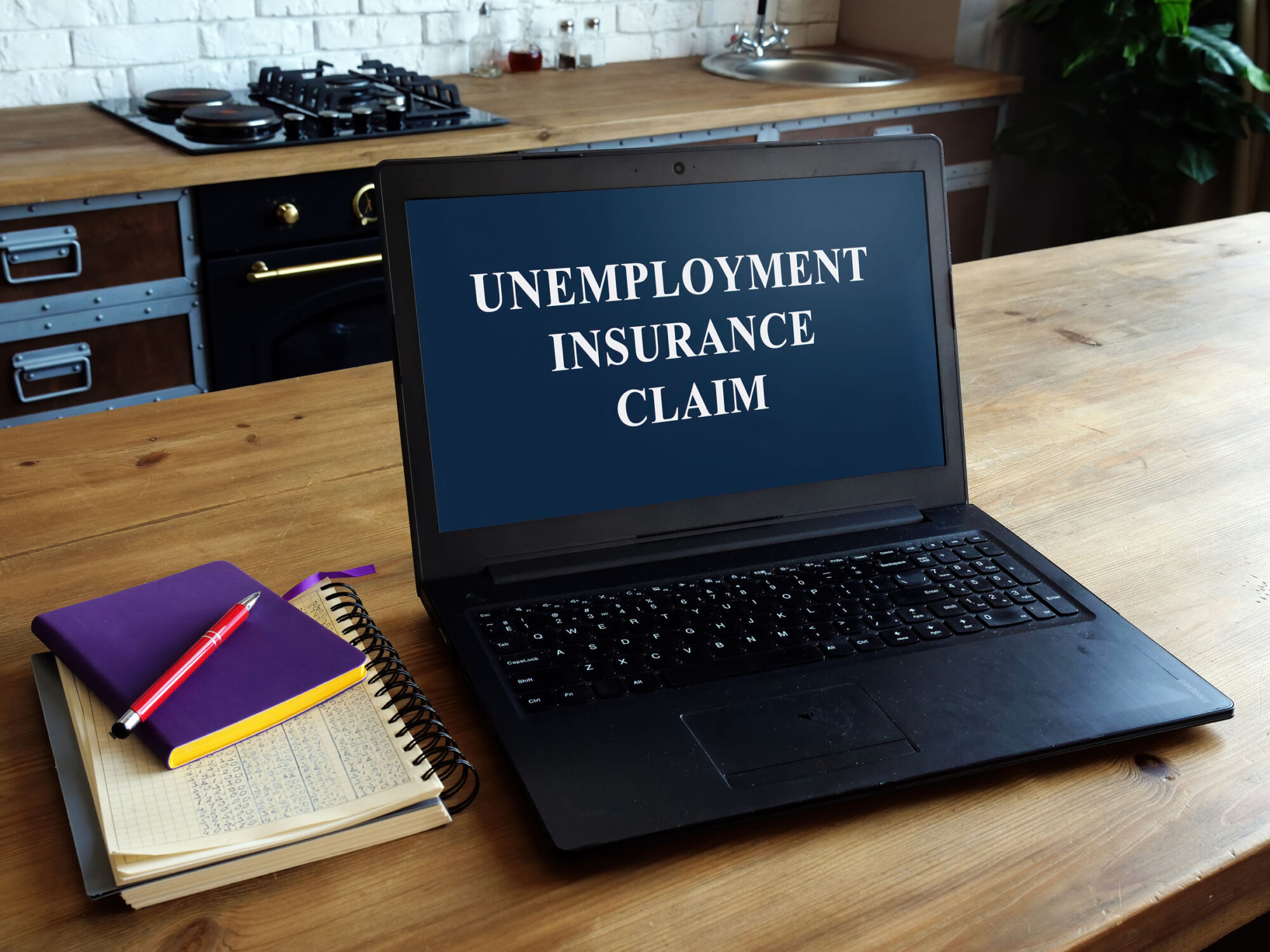With her original stay-at-home orders and state of emergency set to expire May 3, and facing mounting pressure to reopen the Kansas economy, Kansas Governor Laura Kelly announced her reopening plan Thursday, including new guidelines for social distancing and commerce. From a practical perspective, however, the “new” guidelines are only marginally less restrictive than the previous set.
The new executive order leaves in place social distancing bans on gatherings of more than 10 people in both indoor and outdoor settings. It says “non-essential” travel should still be restricted — although it does allow individuals to determine what is and is not essential — and visits to long-term care and correctional facilities are still banned.
Additionally, bars and nightclubs; non-tribal casinos; theaters, museums and other indoor leisure spaces; fitness centers and gyms; as well as nail salons, barbershops, hair salons and other personal-service businesses are ordered to remain closed until Kelly permits the state to move to Phase 2 of her order.
Kelly refused to specify a timeline or even specific metrics for advancing to Phase 2 or Phase 3. According to her press release, “The Governor will evaluate the state’s disease spread, testing rates, death rates, hospitalizations, ability of state and local public health authorities to contain outbreaks and conduct contact tracing, and personal protective equipment availability when determining if the state should move to the next “Phase.” Regardless of phase, the State Health Officer retains the authority to impose additional public health interventions in any area that contains an emergent and significant public health risk.”
Businesses that Kelly will allow to open may only do so if they can maintain at least six feet between consumers and avoid “any instances in which groups of more than 10 individuals are in one location and are unable to maintain a six-foot distance with only infrequent or incidental moments of closer proximity.” The order does not specifically limit the number of people who can be in a business at one time, but the restrictions on social distancing effectively do so for most small retail and service establishments.
But those are just minimum requirements. Kelly’s order allows cities and counties to impose ever greater restrictions if they choose, and she encouraged them to do so. As of this morning, there were 25 counties with no confirmed COVID cases, but those counties remain under Kelly’s minimum requirements, and local officials could make them more restrictive.
And, according to the order, the Kansas Department of Health and Environment retains the power to overrule local officials and impose stricter requirements.
Kansas Policy Institute President James Franko said Kelly should trust Kansans to stay safe without limits on their civil liberties or cookie-cutter solutions that treat small communities the same as urban areas. KPI owns the Sentinel.
“Kansans have voluntarily rallied to stay safe in the last two months and can be trusted to continue that while resuming economic and civic life,” Franko said in a statement. “We’re glad the worst-case COVID scenario hasn’t been realized and believe the state is ready to emerge from this ‘quarantine.’
“Further county or state orders should not be one-size-fits-none but must be reasonable, narrow, and constitutionally appropriate. We look forward to working with individual Kansans and government officials to ensure civil liberties are protected.”
Local restrictions will be more severe
Johnson County released a draft “recovery plan” Tuesday, which appears to be more restrictive than what Kelly has proposed, including remaining in the current “phase” or lockdown until there is a “downward trajectory of documented cases within a 14-day period; or, the downward trajectory of positive tests as a percent of total tests within a 14 day period (flat or increasing volume of tests.)
The Johnson County plan would not allow for a full reopening of businesses with no restrictions until there is a vaccine or “other therapeutic intervention” for COVID-19.
Why Johnson County is considering tougher restrictions than Kelly is asking for is unclear, as — as of Wednesday – only eight-one-hundredths of a percent of the population had COVID-19. Cases would have to increase 12-fold to impact one percent of the population.
Moreover, the commission to draft the plan put forth by Johnson County leaders to reopen county businesses had very few business owners on it. The 14-member task force has six county officials, three city officials, a representative from the central planning Mid-America Regional Council, a hospital CEO, executive directors of United Community Services and the Overland Park Chamber of Commerce, and a restaurant owner.
Just across the border in Kansas City, Missouri, even more draconian restrictions are being considered, writes KSN affiliate WDAF-TV. According to the story, “non-essential businesses will be limited to 10% capacity or 10 people, whichever is larger. A majority of those businesses will also have to track all customers who sit down inside for more than 10 minutes,” meaning that “non-essential” businesses will be required to obtain personally-identifying information from customers before they will be allowed in. How restaurants, for example, are expected to remain in business with just 10 percent of their usual traffic is unclear.
Finding a way to ease restrictions and allow businesses to return to work, is important, according to Franko’s statement, because the “quarantine” has already shut down nearly half of all Kansas businesses, and put over 1/3 of Kansas hourly employees out of work.
“Arbitrary government decisions on who and what is essential have led to a 42% decline in the number of local businesses open since the beginning of the year, and there are 37% fewer hourly employees working,” the statement read.
Statewide, just 0.13% of the population — or 3,738 people out of an estimated total population of over 2.9 million — have been confirmed to be infected, as of April 29, and just 187 have died.
While the public does need to be protected as much as possible from COVID-19, economic downturns are known to have negative effects on public health as well, particularly in the form of suicide.
According to a 2018 study of the “Great Recession” of 2008-2009, suicide rates jumped from 5.5 per 100,000 in 2008, to 8.8 per 100,000 in 2009 and to 9.1 per 100,000 in 2010, nationally.
The Kansas COVID fatality rate per 100,000 is just 5 people. This means, if the 2008-2009 data holds true, the number of deaths due to suicide could be double COVID deaths. A 2013 study of the same time period, suggests alcoholism — with its attendant adverse health impacts — increases as well. And some economists are saying the economic damage to the country — and Kansas — is likely to be worse than the 2008-2009 recession.




